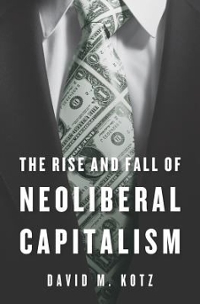Question
2. Fill in the blanks to make the following statements correct. a. The marginal cost faced by the private decision maker is know as ____.
2. Fill in the blanks to make the following statements correct. a. The marginal cost faced by the private decision maker is know as ____. The marginal cost faced by the private decision maker plus any other costs imposed on third parties is known as ____. If there is a divergence between these two marginal costs, then we can say that ____ are present. b. The marginal benefit to consumers from using some good or service is known as ____. The marginal benefit to the consumers plus any benefits accruing to third parties is known as ____. A ____ is present if private marginal benefits are less than social marginal benefits. c. An economic outcome is allocatively efficient when marginal social cost and marginal social benefit are ____. d. Suppose a potato chip plant is operating beside a residential neighbourhood and produces noise and an unpleasant odour. We can say that there is a ____ externality because the marginal social cost of producing potato chips is ____ the marginal private cost of producing potato chips. As a result, the free market is producing too ____ potato chips.
3. Fill in the blanks to make the following statements correct. a. An increase in the interest rate leads households to____ their current spending and ____ their current saving. The result is a(n) ____ in the quantity of financial capital supplied. b. An increase in current income leads to a(n) ____ in household saving at any given interest rate. This results in a ____ in the economy's supply curve for capital. c. An increase in expected future income leads to a(n) ____ in current household spending. The result is a(n) ____ in household saving and therefore a(n) ___in the quantity of capital supplied at any given interest rate. This is represented by a _____ in the economy's supply curve for financial capital.
4. Fill in the blanks to make the following statements correct. d. A good or service that is rivalrous and excludable (e.g., a restaurant meal or a sofa) is known as a _____good and is most efficiently provided by the _____. e. A good that is rivalrous and non-excludable (e.g., fish in the ocean or common grazing land) is known as a ____ and tends to be overused by ____. f. Goods that are non-rivalrous and excludable (e.g., roads, museums, and parks) are often provided by government because the marginal cost of provision to society is ____ and so the allocatively efficient price is ____.
Step by Step Solution
There are 3 Steps involved in it
Step: 1

Get Instant Access to Expert-Tailored Solutions
See step-by-step solutions with expert insights and AI powered tools for academic success
Step: 2

Step: 3

Ace Your Homework with AI
Get the answers you need in no time with our AI-driven, step-by-step assistance
Get Started


